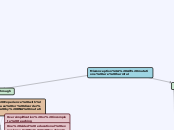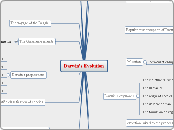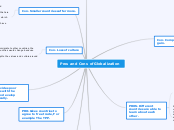Change in phenotype
Students immediately see the phenotype that results from each mutation they insert into the DNA.
Students see that many changes in phenotype necessitate multiple mutations within different genes.
Augmented Reality Genetics Program: Students physically manipulate genes by deleting, adding, or swapping nucleotides to see the consequences of their chosen mutation.
Change in amino acid sequences
Point Mutation
Silent Mutation
Frameshift Mutation
Students have a balanced understanding of the risks, benefits, and neutral outcomes of DNA mutations
Students manipulate traits to see their affect on organism survival over time as the environment changes
Students watch as some mutations induce traits that allow the organism to survive environmental changes and reproduce (ex: as plants grow taller, herbivores with mutations that code for longer necks survive)
Students understand that some mutations cause beneficial changes in an organism.
Students pick the traits of individuals in a population and watch as some result in death of the organism due to natural selection.
Students understand that mutations can sometimes be disadvantageous for the organism in the environment in which it lives.
Students understand a change in the amino acid sequence transcribed from mutated gene may not be enough to cause a change in the phenotype of the organism.
Students see that a DNA mutation may not necessarily result in a mutant protein or change in phenotype, and those that do may cause a benign change. Some will kill immediately.
Misconception: All mutations are harmful
Correctional steps
Step 4: Relate mutations to evolution with a computer simulation
Step 3: Use Zspace as a visual means to understand mutations and their affect on proteins and, consequently, phenotypes.
Step 2: Teach necessary preliminary information
Protein Synthesis (Transcription/Translation)
DNA replication and error repair
DNA Structure/Monomers
Step 1: Understand student beliefs and prior knowledge
Pre-test
Class brainstorm session
Student Interviews
Acquired through
Vocabulary Connotation: "mutation" has a negative connotation whereas "evolution" has a positive connotation even though evolution is not possible without mutations.
Inaccurate movies that portray evil or scary mutants (The Hulk, Monster Man, Mutants)
News and Social Media
Highlight negative consequences of mutations and how to avoid them
Carcinogens cause cancer (UV rays, nicotine, HPV, xrays, etc)
Teratogens cause birth defects (alcohol, many prescription drugs)
Teachers
One sided educational experience. Ex: teaching students about hereditary disorders without mentioning the beneficial mutations through evolution and adaptations.
Oversimplification or incomplete teaching
Personal Experience with a disease or disorder caused by DNA mutation









